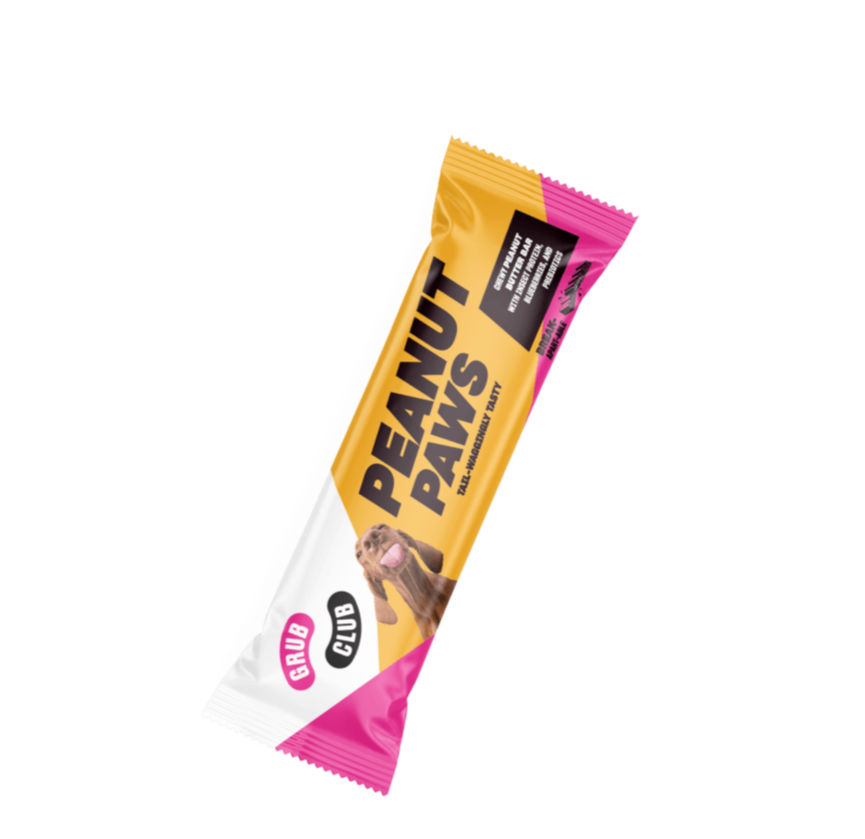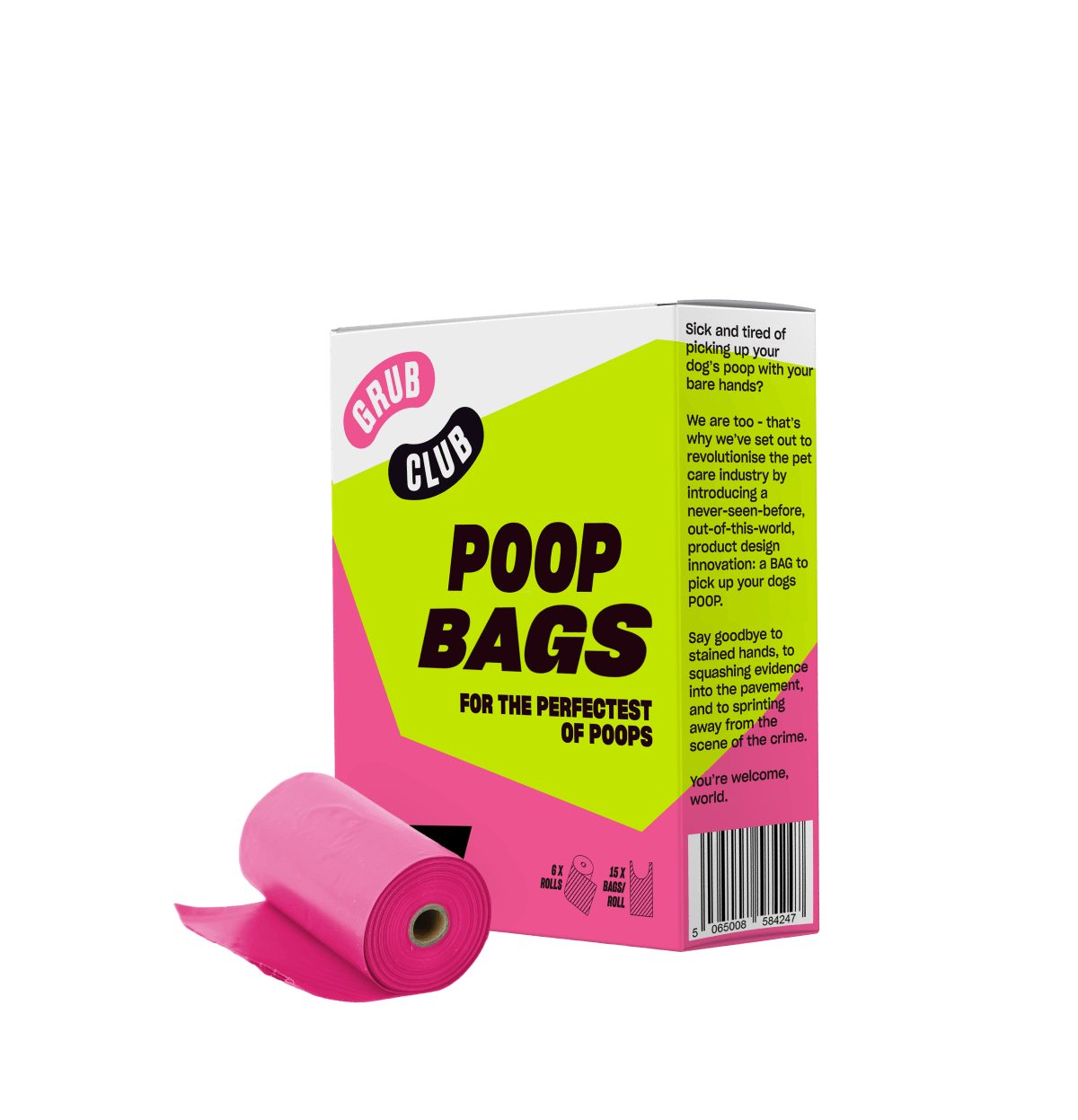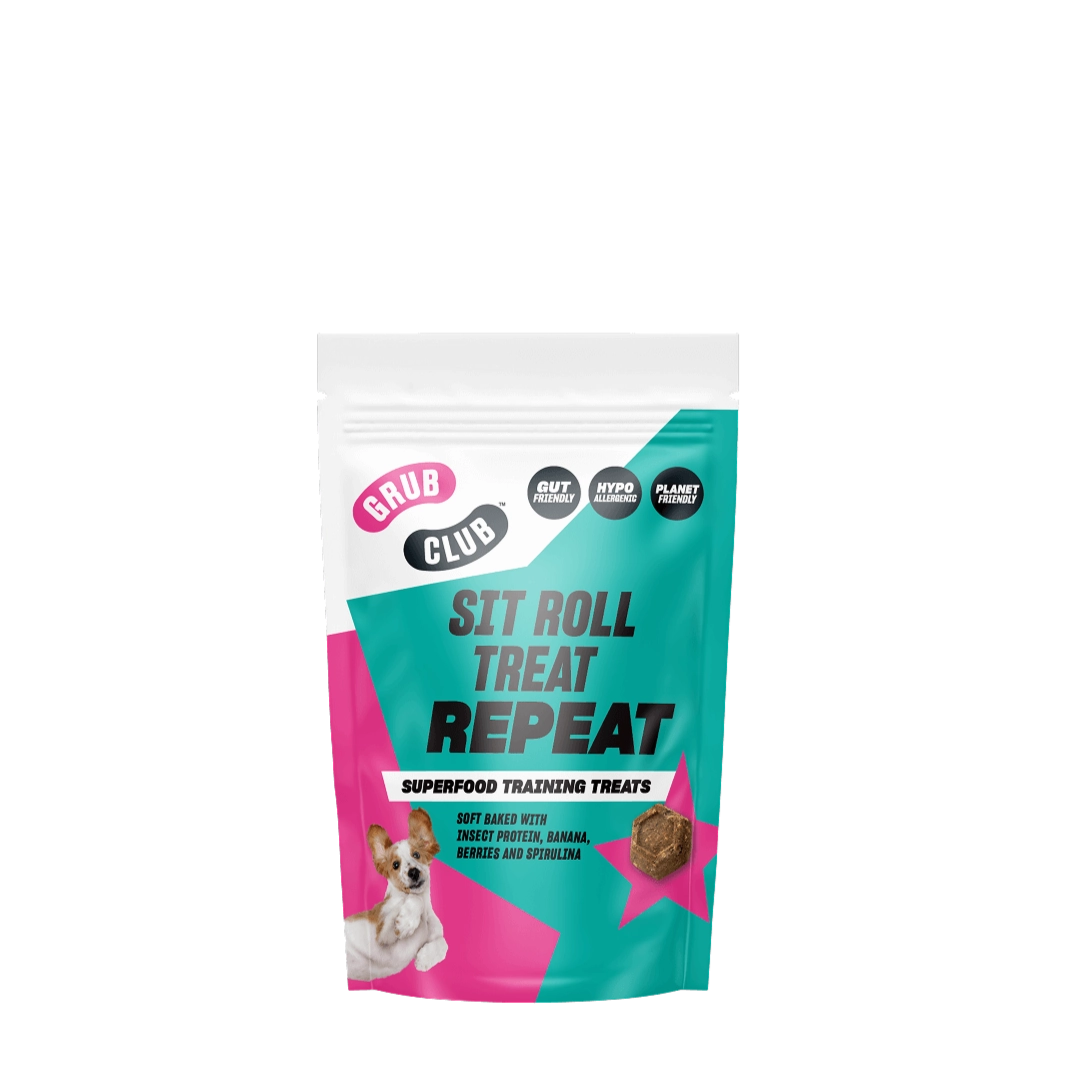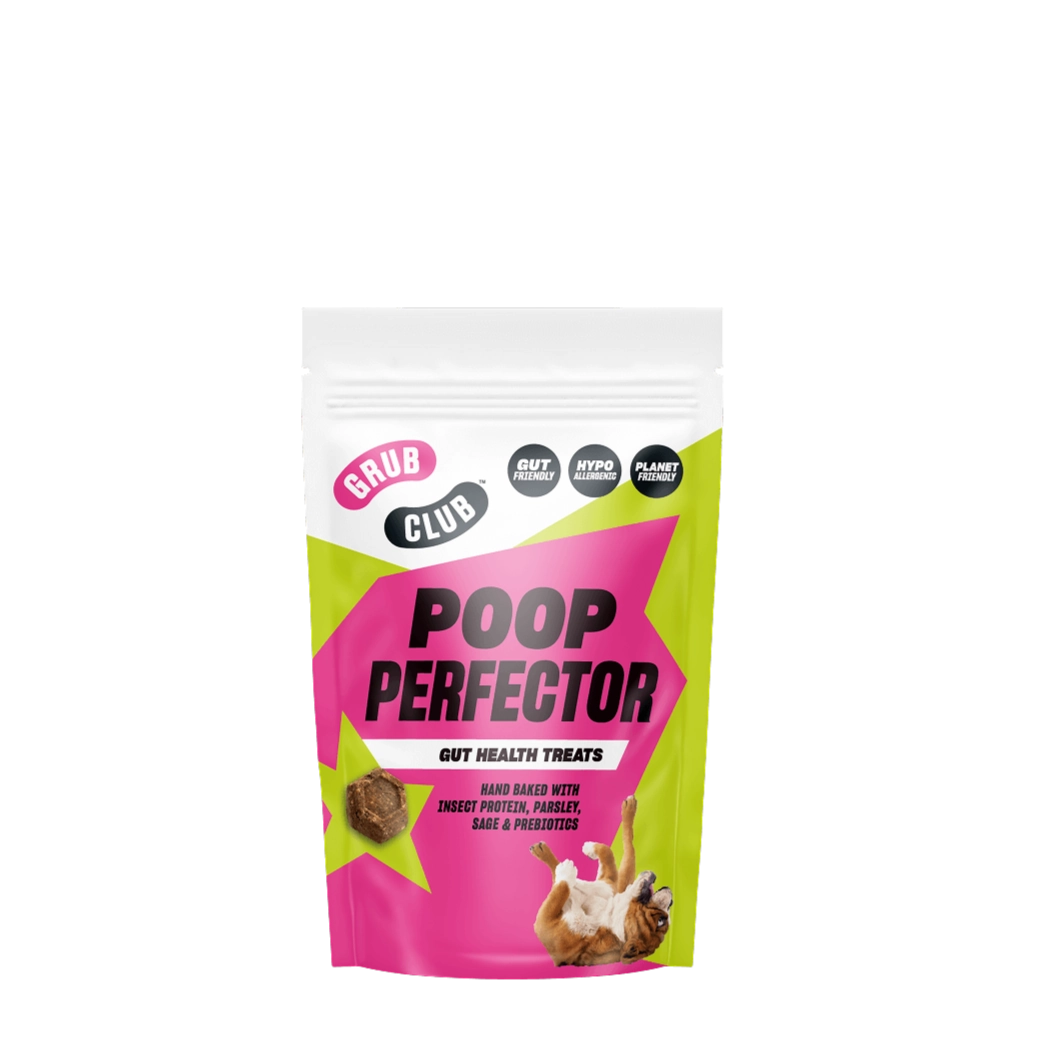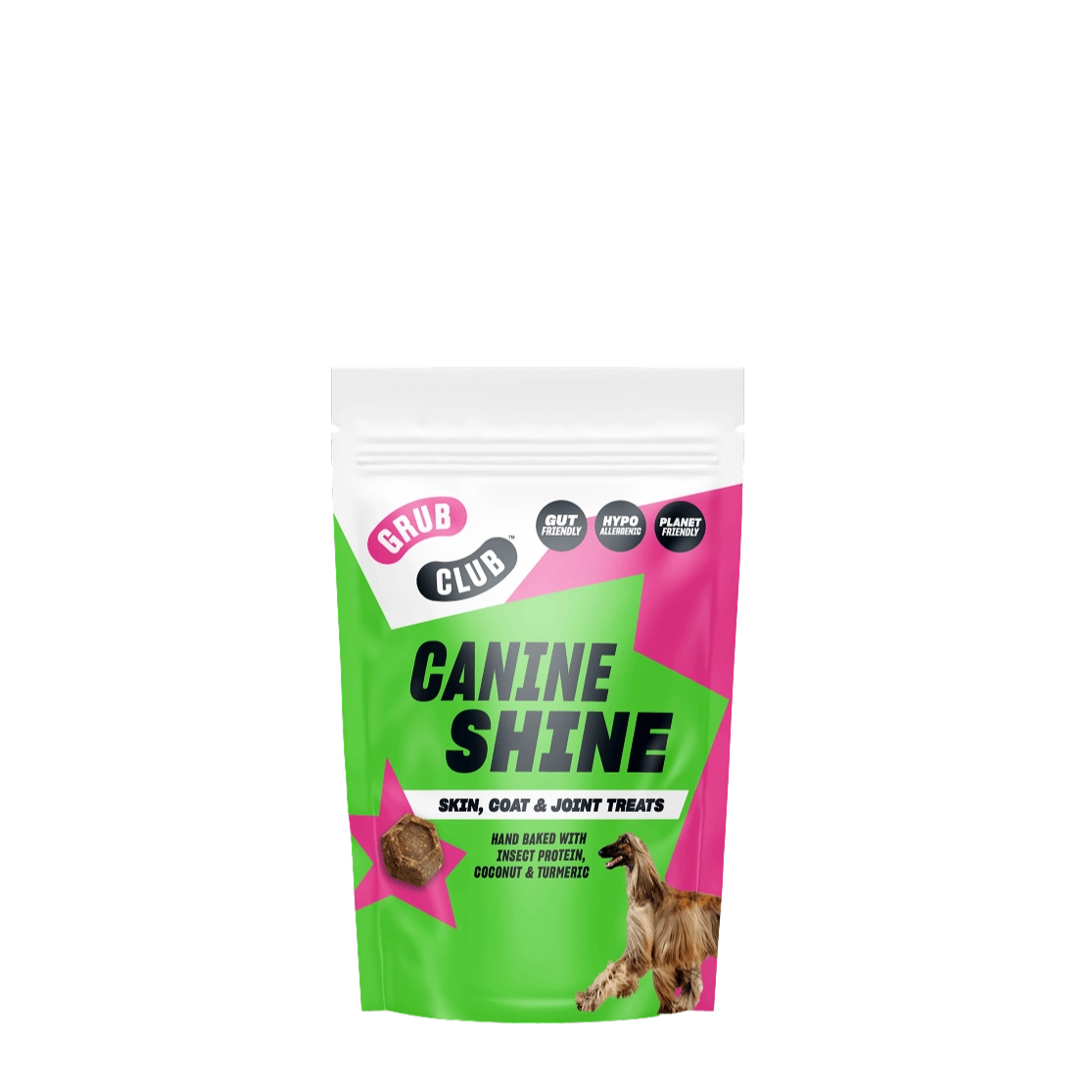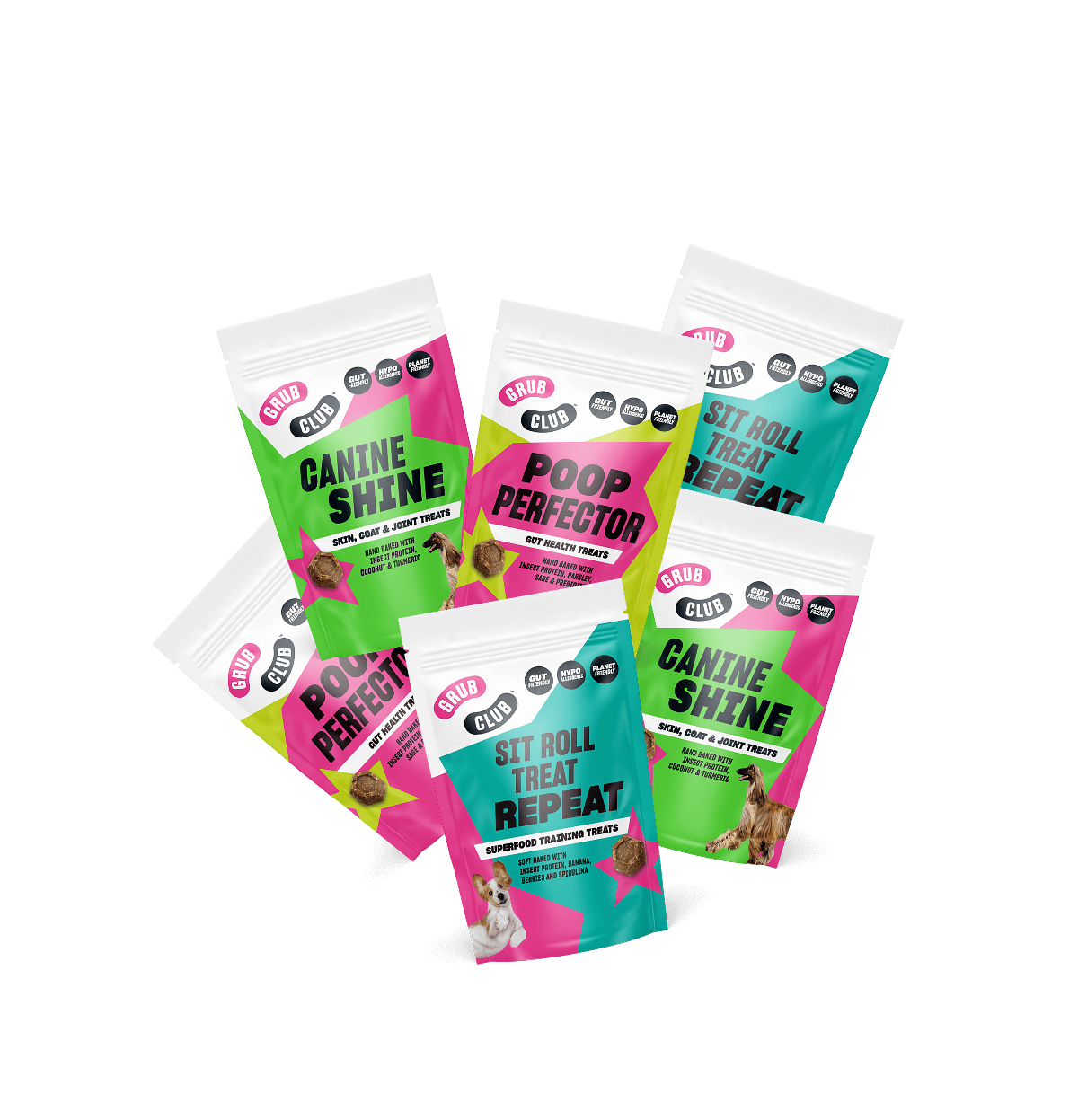Is a clean dog a hygienic pet? Not necessarily. We're here to bust some myths about how often you should be bathing your dog (and we'll be sharing our top tips on how to make bath time a more enjoyable experience for the both of you).
When does my dog need a bath?
The official advice? Vets and pet charities advise you should only wash your dog when you really need to. Extremely muddy walk? Rolled in fox poo? Time to turn the taps and run a bath - sorry doggo... But outside of these sticky types of situations, you can leave those magic natural oils in your dog's coat to work their magic.

When you begin to wash your dog too frequently you remove those oils that help to keep their hair and skin pH levels balanced. This can result in dry, itchy skin, allergies and a lacklustre coat. So save yourself the effort and relax a little bit on those bathing sessions.
Did we just hear your dog do a sigh of relief?
Frequency For Different Scenarios
Okay, we know there will be some of you sitting there shaking your head at the first pointer. Like us, all dogs are different and of course, there can be varying factors such as skin conditions, breed types and your own lifestyle.
So when may you need to wash your dog more frequently?
-
Show Dogs – To go into a show your dog will understandably need to look at their very “top pooch best” so a brilliant wash and blow dry will be required more often if you regularly attend shows.
- Skin Conditions – Some breeds are more susceptible to skin conditions and allergies (for example those with rolls such as the Sharpei) and you may require a medicated shampoo provided by your vet. Always seek professional advice when it comes to treating a skin problem and closely follow their wash instructions.
- Illness – You will want to wash your dog more often if they are unwell with say a bad case of diarrhoea to help to keep them clean and your home safe. Just ensure that you dry the areas well to help protect their skin. Other issues that may require more bathing include if they pick up mites, have a big flea infestation etc.
- Lifestyle – If you have a working dog, an assistance dog or one that travels around a lot with you, you may indeed need to wash them more often due to their coats holding onto pollution, muck, mess and so on.
-
Your allergies – If you suffer from any form of pet allergies whether that is hair or dander you may need to bathe your dog more often to help your own health.
How about those who rarely need a wash?
- Short-haired breeds with smooth coats, such as Beagles and Weimaraners, do just fine with less frequent baths. Short-coated Basenjis are fastidious in their personal hygiene and rarely need a bath.
- Breeds with water-repellent coats, such as Golden Retrievers and Great Pyrenees, should be bathed less often to preserve their natural oils.
- Dogs with thick, double coats, such as the Husky or Malamute do best with fewer baths and a lot of extra brushing, which will get rid of loose, dead hair and also distribute natural oils to keep their skin and coat healthy.

Training Your Dog To Enjoy Bath Time
Not all dogs like water and if you want to bath them at home rather than taking them to a groomer, you will need to take certain steps in order to ensure they feel safe, as relaxed as possible and to reduce any stress to make it a straightforward (and potentially fun?) activity for both of you.
- To begin with, allow your dog to investigate the bathroom without taking any bathing steps. Slowly introduce them to sounds (don’t forget a bathroom can be quite echoey compared to other rooms so take all of these differences into account) and smells.
-
Use super tasty treats to reinforce that this is a positive place to be.
- Once they see the bathroom as a fun place to be (we hope), you can begin to turn the shower on as background noise while you continue to reward them.
- Add a bath mat or towel to the bottom of the bath to provide them with a surface they can grip. A slippery bath can easily cause injury, stress and a LOT of splashing!
- Carefully check the temperature on your arm before placing them in the bath. Too hot can scold and too cold can have a negative effect.
- Don’t place the shower on them the first time you pop them in the bath. Just have it running on their paws and keep giving lots of those treats as a reward (lucky doggy!)
- Now carefully begin to work the shower up and around their body to give them time to get used to the sensation and temperature. Use your voice to continuously praise and reassure them.
- Repeat this with every single wash and you should eventually have a dog who is happy to have a bath.

What You’ll Need
When you are getting ready for a doggy bath time it is essential that you prepare yourself and the area ready BEFORE you begin – you’ll thank us later!
So what will you need?
- Towels for drying
- Towel or bath mat for the bath
- Shampoo
- Treats
- Protective gloves if you are using a medicated shampoo or have sensitive skin
- Brush
- Hairdryer
- And possibly an extra person to help with lifting or passing of these items.

How To Wash Your Dog
- Carefully lift your dog into the bath by scooping them up under their bottom with the other arm in front of their front legs. If you have a big dog you will probably need help.
- As mentioned above, double-check the temperature.
- Carefully begin to shower their fur ensuring to wet all the way through but being mindful of their ears and mouth.
- Apply your chosen shampoo and thoroughly lather it through their coat making sure to place close attention to those areas that can get really dirty such as their undercarriage, their leg creases and their paws.
- Rinse well. Missed shampoo can lead to itchiness.
- Once completed, take a dry towel and wrap your dog up before lifting them up and out of the bath. This will help to reassure them, prevent a lot of mess and keep them under control so you can dry them once they’re on the floor. Top tip: Do not leave the bathroom door open! (again, you’ll thank us later for this!)
- You can choose to allow your dog’s coat to air dry if it is a warm day, if they aren’t elderly or do not suffer from medical conditions such as arthritis. If this isn’t the case, a warm hair dryer is perfectly fine to use on them to help to speed up the process and prevent them from becoming cold.
How To Handle Dogs With Sensitive Skin
Dogs with sensitive skin will understandably find the feeling of your touch, water and shampoo a little more difficult than a dog with normal skin. The key is to work out how you can safely and comfortably treat your dog to make the bath as stress-free as possible – this will come from experience and through time. And once a medicated shampoo begins to work its magic you will quickly see a difference.
When it comes to washing a dog like this, take things slower, use a very gentle touch, provide a lot of reassurance and be aware of any areas on their body that could be painful. It is imperative that with sensitive skin you rinse and dry them well.
Sensitive skin conditions can arise for many reasons such as food allergies, environmental allergies or as we previously mentioned due to mites/fleas/ticks or simply their breed type. Another factor that can bring on skin problems is choosing the wrong type of dog shampoo so if you do start to see new changes in their skin and coat condition do seek veterinary advice.
We hope your future dog washing experiences go swimmingly!





